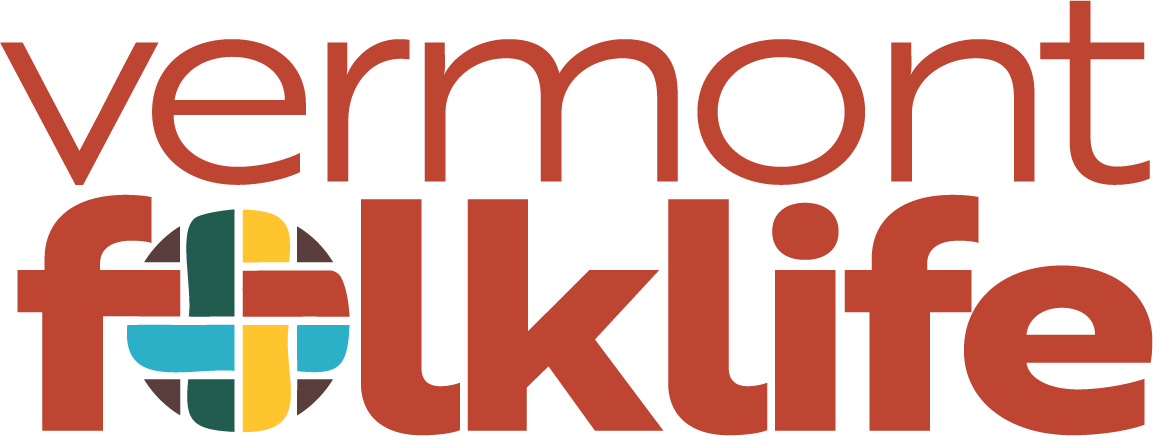Lesson #8 Creating a Songprint
Time: 40-50 Minutes
Creator: Betsy Nolan, Musical Educator
Institution: Edmunds Elementary, Burlington, VT
Overview
WHAT IS THIS LESSON ABOUT?
In this activity students will be interviewing family members and themselves to discover what songs and pieces of music most influenced and impacted them over the course of their lives to create a songprint of each person. According to Judith Vander, a songprint is “a song repertoire distinctive in a person’s culture, age, and personality as unique as a fingerprint or footprint”. Each persons songprint is a reflection of his or her culture, experiences, and personal preferences.
This project is adapted for school-aged students from the work of Dr. Seeger in his Ethnomusicology course at the University of California, Los Angeles.
Learning Objectives:
Students will research the music that influenced the people in their family.
Students will reflect on the music that has influenced their lives.
Students will look for connections between their own musical stories and those of their family members
Students will create a presentation for the class about their family’s songprints.
Lesson Plan: NNP #8
Section 1: Overview for Students
In this project you will be exploring your own songprints as well as, those of your family members. You will begin by collecting data about the musical experiences and preferences of your family members and yourselves. You will then create a musical “timeline” to chart out what you find. Using your interview data and your timeline you will create a presentation for the class that includes an oral presentation and a visual component. The visual component can be digital (powerpoint, voicethread, prezi etc.) or it could be a poster. You may also include audio examples of your family or self performing a piece of music.
Section 2: Collecting the data
Each student will interview at least two but preferably three to five, members of his or her family representing multiple generations, about their musical histories. Students will explore not only the what of the songs identified but the who, where, when, and why of the songs impact on the interviewees. Students will need some time to collect data from a variety of family members in order to create a meaningful project.
The interview guide below will assist students as they speak with their various family members:
Section 3: Charting the data
Once students have interviewed their families about their musical stories have students chart their data in a timeline. This will help students to see connections between generations, as well as, simply helping them to organize their work.
The document below can provide a structure for this process:
Section 4: Creating the Presentation
Once the data has been collected and organized students are ready to create their presentation. Presentations should discuss each individual family members songprint and look at any connections between individuals and generations. Students should include information about their own songprint and reflections about what impact the interviews had on their understanding of their own musical identity.
The presentations themselves can be created in any format with which the student is comfortable.
Section 5: Reflection
- After students have shared their work have them reflect on what they did. This can be an informal discussion, small group discussion, or a written reflection.
- What surprised you about your own songprint?
- What surprised you about your family members’ songprints?
- What surprised you about other people’s presentations?
- What did you learn about your personal story by exploring the “soundtrack” to that story?
- How did your musical preferences change over time?
- How did they stay the same?
- What are some of the factors that influenced your songprint?
- How might your songprint be different if those factors changed?
Vermont Framework of Standards
MUSIC STANDARDS
Students show understanding of music CONCEPTS and VOCABULARY by…
- Describing aural examples of music using appropriate terminology (e.g., pitch, rhythm, tempo, dynamics, form, timbre, texture, articulation, harmony, phrasing, style).
A7-8:14 Students analyze, interpret, and respond to art by…
- Explaining qualities (elements, principles of design, expression) that may evoke emotion and meaning.
- Relating varied interpretations of works of art using some or all of the following (e.g., observation, personal experience, cultural context).
- Comparing/contrasting works of art, which may include a student’s own work.
A7-8:17 Students show understanding of how the arts impact life by…
- Demonstrating an understanding of how the arts contribute to physical and mental health (e.g., self-expression, such as anger, joy, confusion, frustration).
A7-8:18 Students show understanding of how the arts shape and reflect various cultures and times by…
- Researching and describing how the arts reflect cultural values in various traditions throughout the world.
SOCIAL STUDIES STANDARDS
H&SS7-8:16 Students examine how different societies address issues of human interdependence by…
- Analyzing how shared values and beliefs can maintain a subculture (e.g., political parties, religious groups). i
- After examining issues from more than one perspective, defining and defending the rights and needs of others in the community, nation, and world (e.g. AIDS in Africa; One Child Policy in China; nuclear waste disposal). i
- Analyze differences and similarities among people that arise from factors such as cultural, ethnic, racial, economic, and religious diversity, and describe their costs and benefits.
